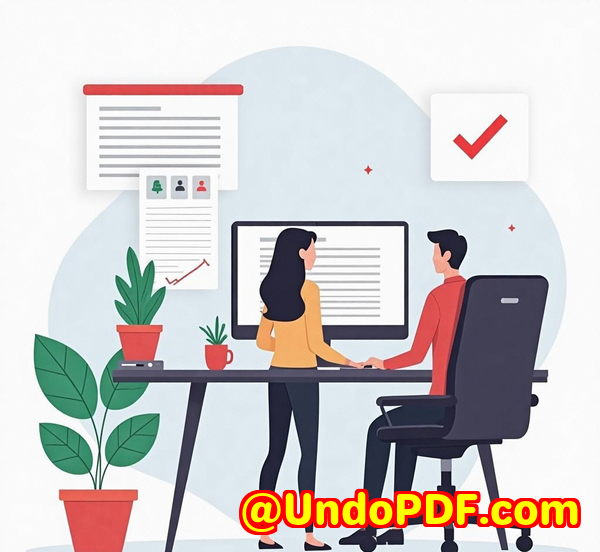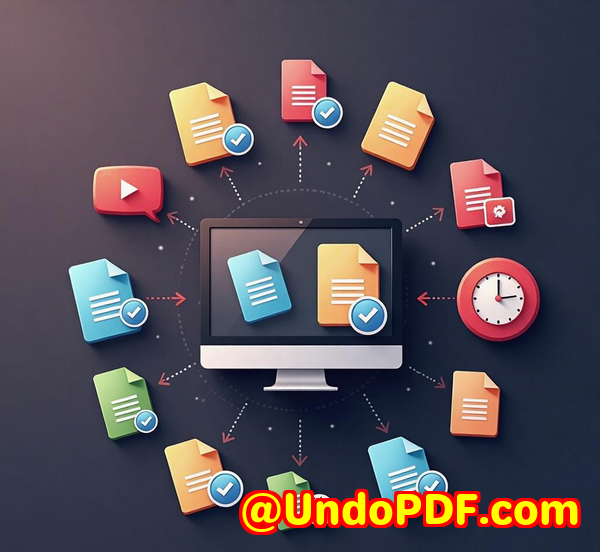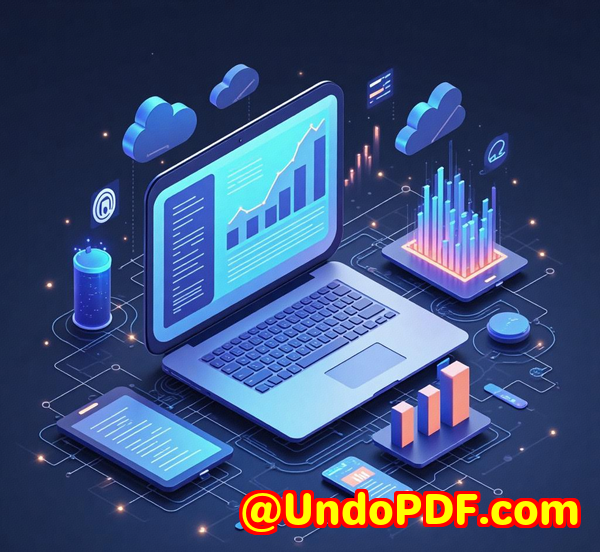Secure Document Conversion for the Insurance Industry with VeryPDF SPL to PDF SDK
Title: Secure Document Conversion for the Insurance Industry with VeryPDF SPL to PDF SDK
Meta Description:
Discover how VeryPDF SPL to PDF Converter SDK can streamline document conversion for insurance companies, ensuring security, efficiency, and smooth integration.

Opening Paragraph (Engagement)
Picture this: you’re in an insurance office, sifting through countless paper forms, scanned documents, and print jobs. As an industry known for its overwhelming amount of paperwork, insurance companies rely on converting printed and digital files into manageable formats. But often, these files are in a variety of formatsSPL, PCL, PostScript, and more. This brings up a recurring challenge: how to securely and accurately convert all these different file formats into something usable, while maintaining document integrity. That’s where VeryPDF SPL to PDF Converter SDK steps in, solving this challenge for businesses like never before.
The Problem: Handling a Mountain of Formats
Insurance companies deal with all kinds of documentsclaims forms, policy contracts, scanned medical records, and invoices. These documents often come in a range of formats, including:
-
SPL (Windows Spool File Format)
-
PostScript
-
PCL
-
TSC POS Label Printer SPL
-
XPS
These formats are difficult to work with and harder to convert without specialized software. Without the right tools, you risk losing formatting, security, and the ability to manipulate documents efficiently.
The VeryPDF SPL to PDF Converter Command Line SDK solves this issue by offering robust and seamless conversion capabilities, ensuring that insurance companies can transform any of these file types into secure, accessible PDFs.
How I Discovered VeryPDF SPL to PDF Converter SDK
It was an ordinary Wednesday when I realized just how big the issue was. I had to work with a stack of claim documents from different systems, most of which were in SPL format. My task was to convert them into a usable format without compromising any data or security. That’s when I stumbled upon the VeryPDF SPL to PDF Converter SDK.
This tool turned out to be a game-changer. It wasn’t just about converting files; it was about doing so securely and efficiently.
Key Features that Changed the Game
Let’s break it down. Here are the features that stood out to me:
1. Comprehensive Format Support
The SPL to PDF Converter SDK supports a wide variety of input formats, including SPL, XPS, PCL, TSC POS Label Printer SPL, and many others. This means I could handle any format that came my way. I didn’t have to worry about compatibility issues anymore.
For instance, I had a series of claim forms in SPL format, but the system was incapable of reading them properly. The SDK allowed me to easily convert them into PDFs without losing any quality or format.
2. Security Features
This is where the product truly shines for the insurance industry. Security is a top priority when dealing with sensitive client information. VeryPDF’s tool allowed me to apply 128-bit RC4 encryption, which meant that the PDFs generated were fully protected from unauthorized access. I could even set restrictions such as preventing printing, editing, or copying of the document.
For insurance companies, this is critical. When sensitive claims data is involved, data protection isn’t just a good ideait’s a legal requirement.
3. Batch Conversion for Efficiency
Imagine converting hundreds of SPL files into PDFs manually. It’s not only time-consuming but also prone to human error. The batch conversion feature of the VeryPDF SPL to PDF Converter SDK made it possible to convert multiple files at once. This feature saved me countless hours.
I remember one scenario where I needed to process several claims at once. With a few lines of code, I was able to convert dozens of SPL files into PDFs in a matter of minutes.
4. Easy Integration
As someone who works with developers, I know how important it is for a tool to integrate seamlessly with existing systems. The SDK comes with a Command Line interface, COM, and SDK interfaces for easy integration into your own applications. It supports multiple languages, including Python, Java, and C#. This makes it versatile, whether you’re working with an in-house software solution or a cloud-based system.
I personally appreciated how easily I was able to integrate it with our existing claims management system. With just a few lines of code, our team was able to automate the conversion process, ensuring efficiency across the board.
The Personal Experience: Time and Money Saved
Since I started using the VeryPDF SPL to PDF Converter SDK, the transformation in workflow has been remarkable. The time I used to spend manually converting documents has been drastically reduced. No more scrambling to get documents into the right format.
Furthermore, the tool’s security features have helped avoid potential risks associated with mishandling sensitive client data. The ability to apply encryption and set restrictions on output PDFs has been crucial for maintaining confidentiality.
Not to mention, the multi-page PDF support has been essential for combining multiple documents into one seamless file. This has made it easier to share full claim reports with stakeholders without worrying about document fragmentation.
Core Advantages of VeryPDF SPL to PDF Converter SDK
-
Comprehensive Input Support: Converts SPL, PostScript, XPS, PCL, and more into PDF and other formats.
-
High Security: 128-bit encryption and customizable restrictions ensure that sensitive data stays protected.
-
Batch Conversion: Processes multiple files at once, saving time and effort for large projects.
-
Easy Integration: Supports various programming languages and platforms, making integration seamless.
-
Cost-Effective: No licensing fees for developers, which makes it a cost-effective solution for businesses of all sizes.
Conclusion: Why I Recommend VeryPDF SPL to PDF Converter SDK
As someone who deals with multiple file formats daily, I can confidently say that VeryPDF SPL to PDF Converter SDK has completely changed the way we handle document conversion.
The time savings, combined with its robust security features, make it an invaluable tool for the insurance industry. Whether you’re converting claim forms, policy documents, or scanned medical records, this tool ensures that everything is processed smoothly and securely.
If you’re looking for a reliable, secure, and efficient way to convert SPL files and other formats into PDF, I highly recommend giving this tool a try.
Click here to try it out for yourself: VeryPDF SPL to PDF Converter SDK
Custom Development Services by VeryPDF
VeryPDF offers comprehensive custom development services to meet your unique technical needs. Whether you require specialized PDF processing solutions for Linux, macOS, Windows, or server environments, VeryPDF’s expertise spans a wide range of technologies and functionalities.
From creating custom PDF utilities to document conversion solutions, VeryPDF specializes in tailor-made software for a variety of industries, including insurance, legal, and finance.
If you have specific technical needs or require customized solutions, please contact VeryPDF through its support center at https://support.verypdf.com/ to discuss your project requirements.
FAQs
Q1: What is SPL format, and why do I need to convert it?
SPL is a print spool file format used by Windows systems. It contains data for printing jobs. Converting SPL files to PDF makes them easier to view, share, and protect, especially for industries like insurance.
Q2: How does the VeryPDF SPL to PDF Converter ensure document security?
The tool supports 128-bit RC4 encryption and allows you to set restrictions on the PDF (e.g., no printing, no editing, or no copying), ensuring the security of sensitive data.
Q3: Can I batch convert SPL files to PDF?
Yes, the SPL to PDF Converter SDK supports batch conversion, allowing you to process multiple files at once, saving you time and effort.
Q4: Is the SPL to PDF SDK compatible with all Windows systems?
Yes, the SDK supports all versions of Windows, including Windows 2000, XP, Vista, 7, 8, 10, and server editions (both 32-bit and 64-bit).
Q5: Can I integrate the SPL to PDF Converter SDK into my own software?
Absolutely! The SDK provides a command line interface, COM interface, and SDK integration options, making it easy to integrate into your existing software solutions.
Tags or Keywords:
-
SPL to PDF Conversion
-
Document Conversion for Insurance
-
Secure PDF Conversion
-
Batch File Conversion
-
VeryPDF SDK



